
Browse an alphabetical list of photographs. These historical images portray people, places, and events before, during, and after World War II and the Holocaust.
<< Previous | Displaying results 1276-1300 of 2641 for "Photo" | Next >>
This group portrait shows instructors of the Hanoar Hatzioni Zionist youth movement at a summer camp in Lwów in 1936. The uniforms the young men wear, combined with the summer camp setting, bear similarities to the wider European scouting movement. Between World War I and World War II, scouting was very popular in Poland among young people. Scouting had a strongly national character. It inspired youth movements for Jews, who were excluded from scouting or who wanted to express their own national…
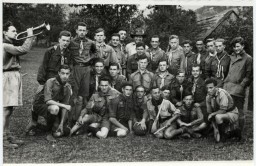
An elderly Yazidi woman tends to young children beside a half-constructed building in an internally displaced persons (IDP) camp where they live in Duhok, Iraqi Kurdistan. September 7, 2015.
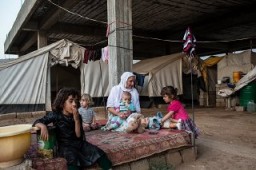
A Sunni man from Mosul, Iraq, prays as the sun sets over an internally displaced persons (IDP) camp near Erbil, Iraqi Kurdistan. September 2, 2015.
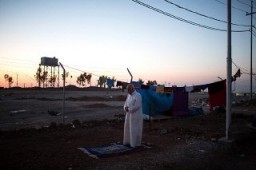
Offices of the International Criminal Tribunal for Rwanda (ICTR) in Arusha, Tanzania.
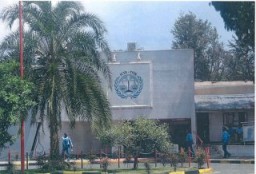
International Tracing Service (ITS) boxes containing documentation about Gross-Rosen. The archive was established by the Allied powers after World War II to help reunite families separated during the war and to trace missing family members. Bad Arolsen, Germany. Learn more about the ITS.
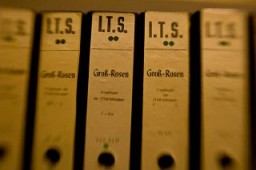
Roll call at an internment camp for Roma (Gypsies). Lackenbach, Austria, 1940–41.
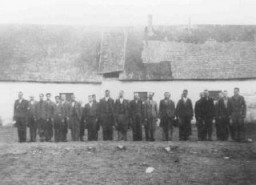
View of the interpreters' section in the courtroom during the International Military Tribunal. Nuremberg, Germany, March 29, 1946. The Nuremberg trials were an early experiment in simultaneous translation. The charter of the International Military Tribunal stated that the defendants had the right to a fair trial and that, accordingly, all proceedings be translated into a language that the defendants understood.
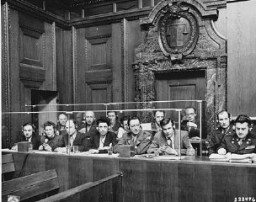
SS troops advance during the invasion of Greece. The invasion of the Balkans began in April 1941. Greece, wartime.

German Stuka dive-bombers fly over Yugoslavia during the German invasion of Yugoslavia, which began on April 6, 1941. Yugoslavia, ca. April 6, 1941.
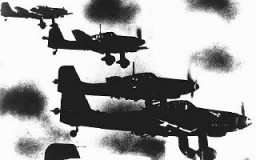
Members of a US congressional committee investigating German atrocities view the emaciated body of a dead prisoner at the Dora-Mittelbau concentration camp, near Nordhausen. Germany, May 1, 1945.
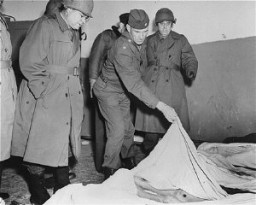
Former Romanian prime minister Ion Antonescu (center) before his execution as a war criminal. Fort Jivava, near Bucharest, Romania, June 1, 1946.

Portrait of Irena Sendler in Warsaw, Poland, circa 1939. Irena Sendler (1910–2008) was a member of the Council for Aid to Jews, codenamed “Żegota.” Żegota was a clandestine rescue organization of Poles and Jews in German-occupied Poland. Supported by the Polish government-in-exile, Żegota coordinated efforts to save Jews from Nazi persecution and murder. It operated from 1942 to 1945. Irena Sendler (Sendlerowa) was working as a social worker in Warsaw when World War II broke out in 1939. After…
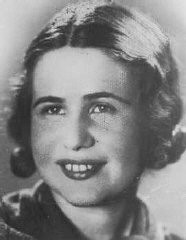
Portrait of Irmgard Huber, chief nurse at the Hadamar euthanasia killing center, in her office. The photograph was taken by an American military photographer on April 7, 1945.
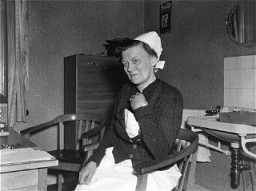
Israel Kanal, a member of the Akiva youth movement and a founder of the Jewish Fighting Organization (ZOB) in Warsaw. He fought in the Warsaw ghetto uprising. Kutno, Poland, ca. 1939.
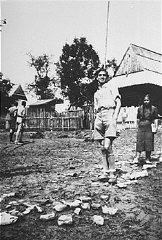
Thousands gather at the Roman Forum to listen to a speech by Italian Fascist leader Benito Mussolini. Rome, Italy, April 12, 1934.
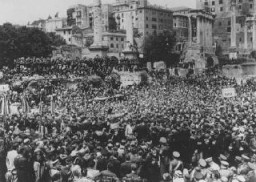
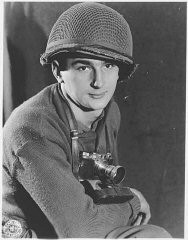
Postwar photograph of partisan Jack Kakis in Arta, Greece, 1950. After the German occupation of Greece, Jack escaped from a labor camp. He returned to Athens where he became involved with the underground movement, bombing factories, and writing anti-German slogans on the city streets at night. Eventually he joined the National Liberation Front, or EAM, and took to the mountains.
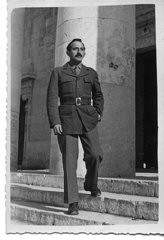
Jacob Edelstein, chairman of the Jewish council in Theresienstadt. He was deported, and shot in Auschwitz in 1944. Theresienstadt, Czechoslovakia, 1942–1943.
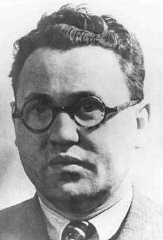
The Jacobsthal family poses with an aunt and uncle who are visiting their home in Amsterdam before emigrating to Chile. Amsterdam, The Netherlands, February 1938.

Concentration camp survivor Jadwiga Dzido shows her scarred leg to the Nuremberg court, while an expert medical witness explains the nature of the procedures inflicted on her in the Ravensbrück concentration camp on November 22, 1942. The experiments, including injections of highly potent bacteria, were performed by defendants Herta Oberheuser and Fritz Ernst Fischer. December 20, 1946.

Jan Karski and General Colin Powell meet during the opening ceremonies of the US Holocaust Memorial Museum. Washington, DC, April 22, 1993.
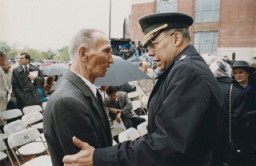
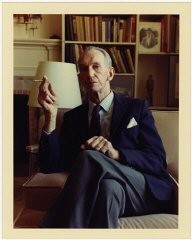
Jan Karski (standing), underground courier for the Polish government-in-exile. He informed the west in the fall of 1942 about Nazi atrocities against Jews taking place in Poland. Pictured in his office in Washington, DC, United States, 1944.
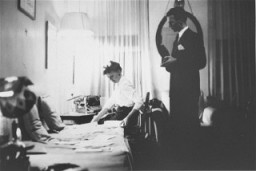
Photograph of Jan Zwartendijk with his daughter Edith and son Jan, Jr., Kovno, 1939-1940. Zwartendijk aided Jewish refugees by issuing permits for them to enter Curaçao, a Dutch colonial possession in the West Indies.

SS Second Lieutenant Gustav Willhaus, camp commandant, rides past the main gate of the Janowska concentration camp. The road from the street and into the camp was paved with tombstones the Nazis removed from Jewish cemeteries. Janowska, Poland, between September 1942 and November 1943.
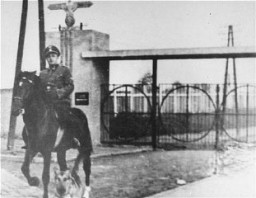
We would like to thank Crown Family Philanthropies, Abe and Ida Cooper Foundation, the Claims Conference, EVZ, and BMF for supporting the ongoing work to create content and resources for the Holocaust Encyclopedia. View the list of donor acknowledgement.